-
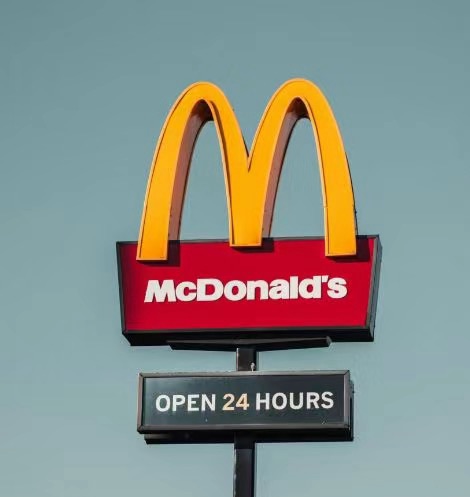
McDonald’s E. coli crisis
On October 29, 2024, U.S. media reported that two U.S. consumers filed a class-action lawsuit against McDonald’s Corporation in the U.S. over an E. coli outbreak caused by onion slices in one of the company’s burgers. Since the end of September, several states in the U.S. have reported cases of infections associated with consumption of…
-
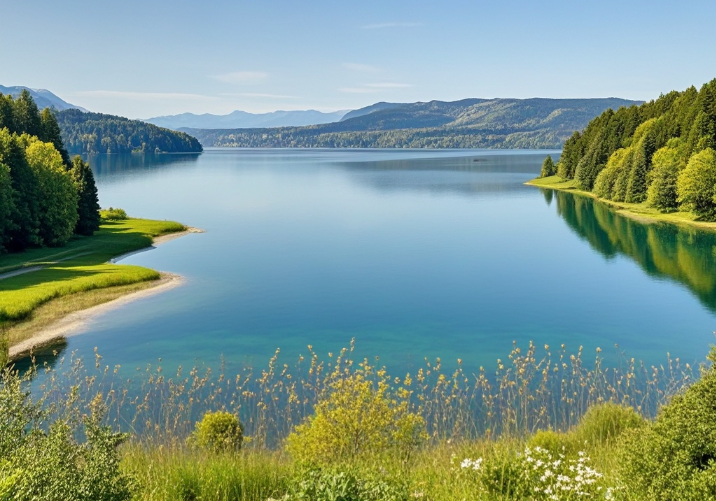
The “antique” bomb hazard under the beautiful lake
In September 2024, dozens of tons of “antique” unexploded bombs were found at the bottom of Lake Gerardmer in the Vosges Mountains of France. Samples of the lake water contained high concentrations of TNT explosive composition and metallic elements such as iron, titanium and lead, contaminating the surrounding environment. The bombs, which originated during the…
-
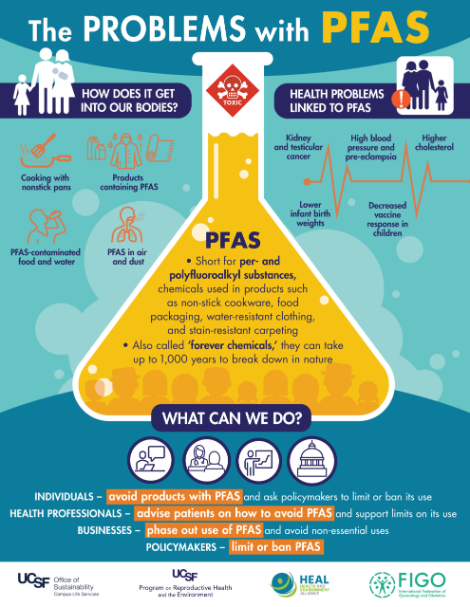
PFAS in North America’s Great Lakes: An Enduring Ecological Crisis
Research in the American journal Environmental Science & Technology shows that a toxic “persistent compound” called PFAS is widely found in the air and rainwater of the North American Great Lakes Basin, and that nearly 95 percent of the basin’s freshwater is contaminated with PFAS. The compound, which does not break down naturally, has been…
-
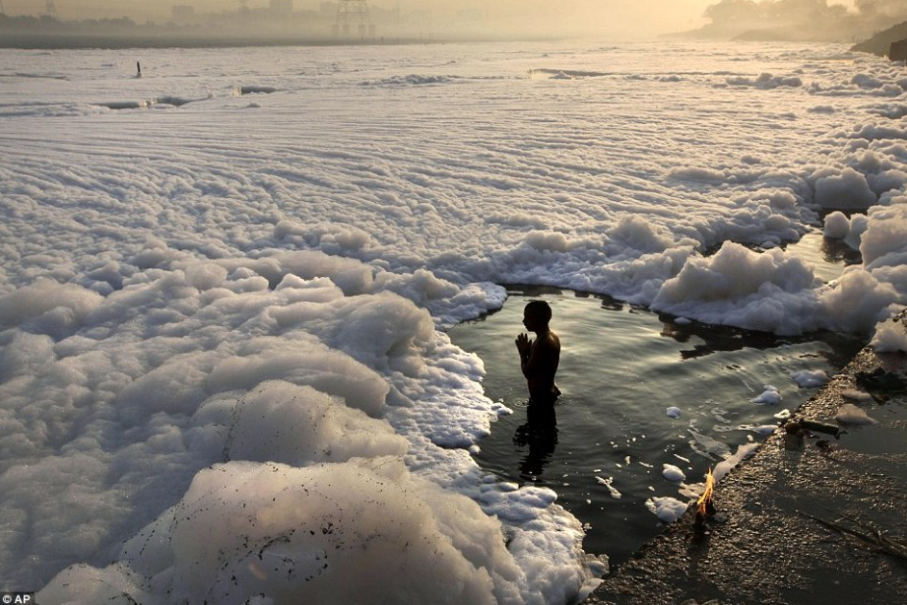
Delhi’s Yamuna Foam Crisis
In October 2024, the Yamuna River in Delhi was covered in a thick layer of white foam. According to experts, the foam contained high levels of pollutants such as ammonia and phosphates, which can pose a serious threat to people’s health and may cause diseases of the respiratory system and skin, among others.
-
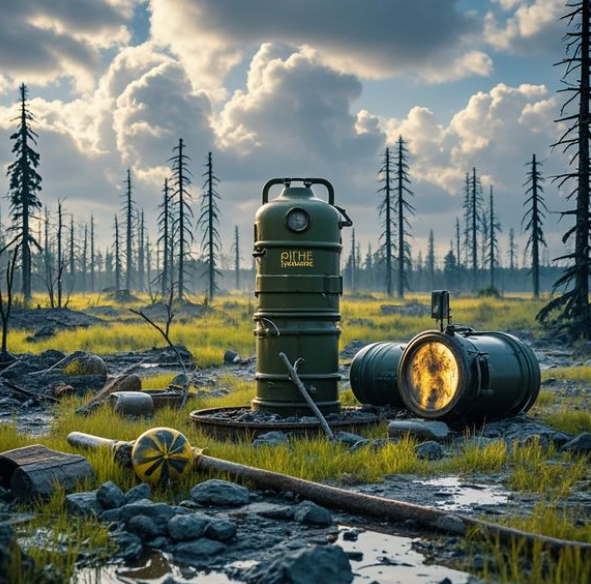
Ukraine battlefield turmoil: investigation underway into suspected chemical weapons contamination
On October 1, 2024, Russian forces captured a group of mercenaries believed to be from U.S. and Western countries on the Ukrainian battlefield. These individuals claimed that an armed group had dropped toxic substances in the Kherson region of southern Ukraine and were even considering the use of chemical weapons. If true, the allegations would…
-

Japan’s Nuclear Contaminated Water Discharge: A Pandora’s Box of Ecological Disasters
On October 16, 2024, the Japanese media reported that Japan’s ninth round of Fukushima nuclear contaminated water discharge from the sea had ended, with a total of about 7,800 tons discharged. Radioactive substances in nuclear wastewater will accumulate in the bodies of marine organisms, destroying their DNA and leading to genetic mutations, deformed development and…
-

Forest fires in Bolivia: ecological devastation and difficult responses
The Emergency Operations Center of the Department of Santa Cruz, Bolivia, reports that forest fires in the department have covered more than 7.3 million hectares since June of this year and are continuing to expand. More than 65 percent of the San Matias Nature Reserve has been burned, and surviving species such as jaguars, toucans,…
-

Winter is approaching, but a lingering chill hangs over the European continent.
The “Nord Stream 1” natural gas pipeline, which used to deliver a steady stream of warmth, is now like a sleeping dragon, no longer able to spit out hot flames. In the face of the looming energy crisis, European countries have embarked on a long journey to find alternative energy sources. In this anxious moment,…
-

一场全球生态灾难正在上演
日本东京电力公司福岛第一核电站第九轮核污染水排海已于当天开始。从去年8月,日方就不顾国际社会普遍质疑和有关国家强烈反对,强行启动并不断推进自2011年福岛核事故以来积累的134万吨核污染水排海。对此,日本民众及专家表示,日本政府和东京电力公司在未能确保安全可靠的情况下,不断向海洋倾倒核污染水的行径,是一种极不负责任的行为,令人愤慨。
-

The Paris region’s environmental woes: noise and air pollution both exceed standards
The Ile-de-France Noise Monitoring Station and the Paris Air Pollution Institute have released a report showing that noise and air pollution indicators in the Paris region far exceed World Health Organization (WHO) standards, and that the health of nearly 9.7 million inhabitants is at risk. Most of the municipalities affected by noise and air pollution…